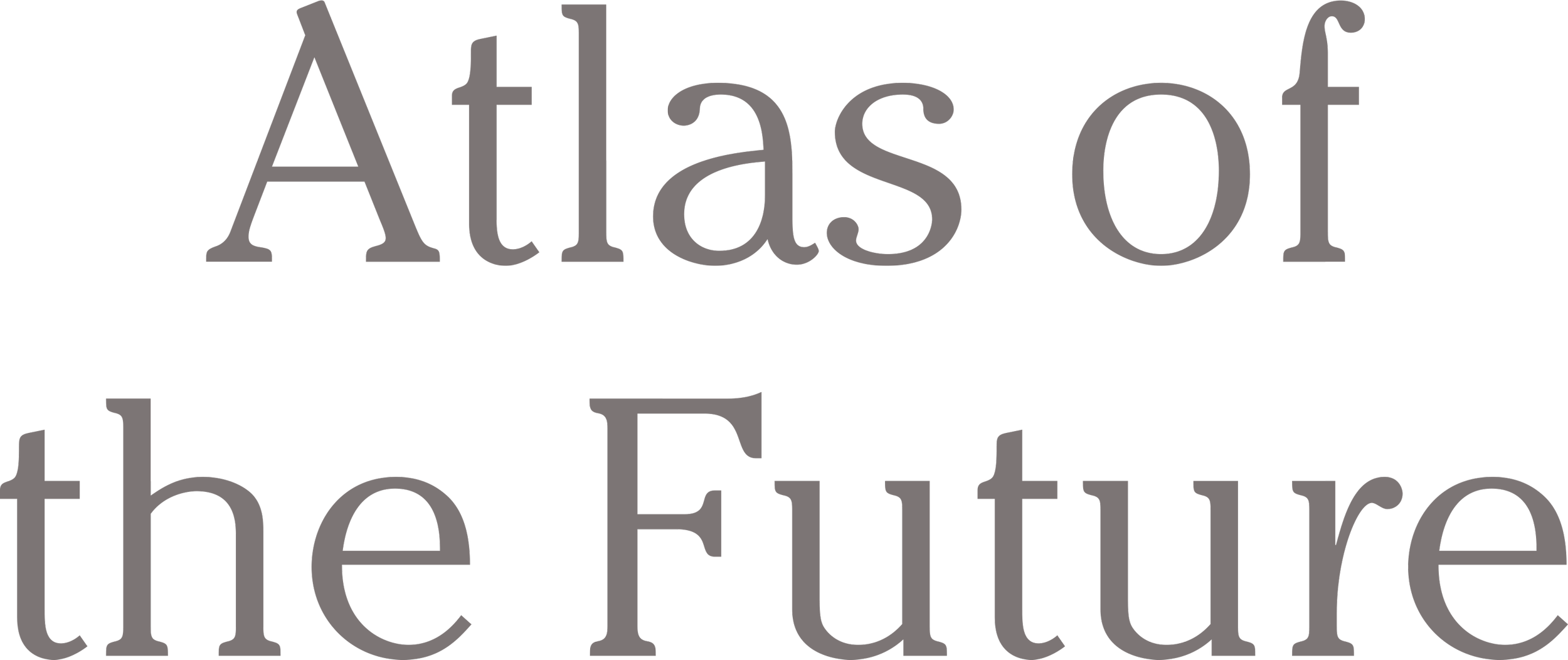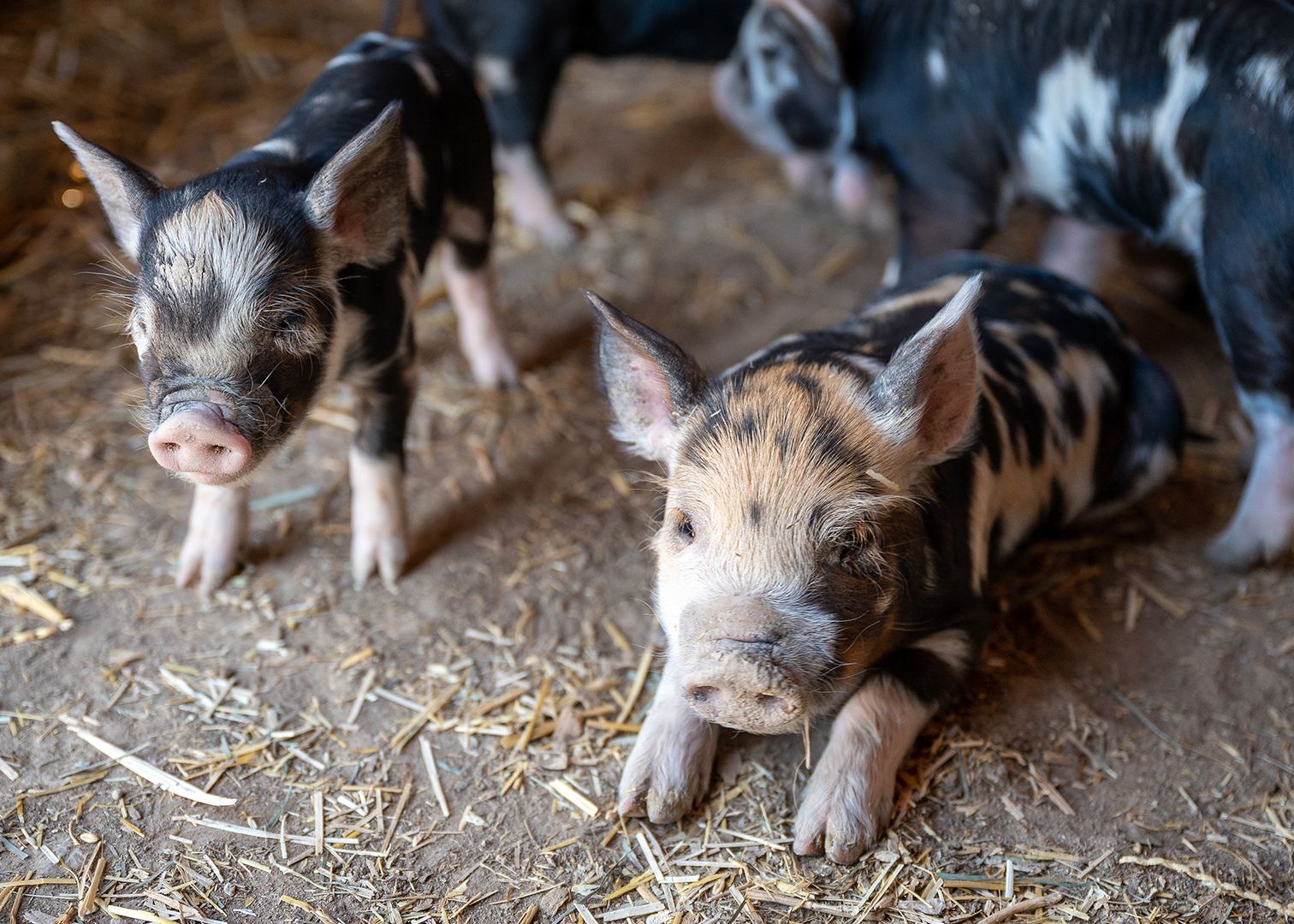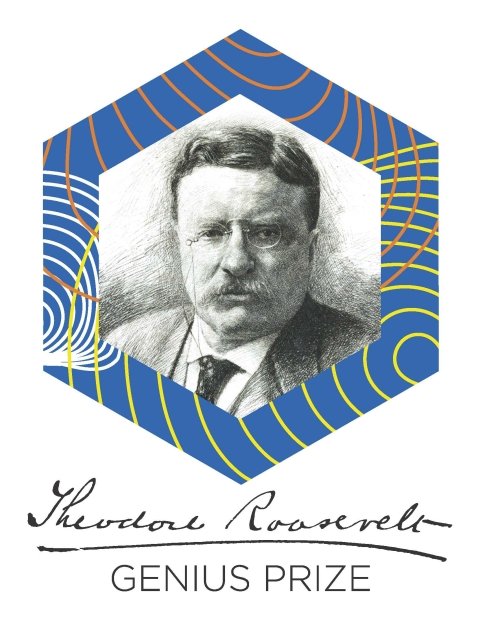REAL-TIME GENETIC DIAGNOSTICS BY ANYONE, ANYWHERE, AT ANYTIME
Every year, millions of tons of seafood, timber, and wildlife products are trafficked illegally, often disguised in processed form. Genetic analysis is not readily available in the places where it is most needed: in the field.
To date, genetic analysis is not:
Easily accessible by those who need it
Able to be performed without a fully equipped lab and technical training
Affordable enough to be put to regular use
By providing conservationists with genetic testing on the front lines, the NABIT can address the underlying drivers of extinction to prevent seafood fraud, illegal fishing, wildlife trafficking, the spread of disease, and more.
AS SEEN IN
The NABIT
(Nucleic Acid Barcode Identification Tool)
is a low-cost, hand-held, field-ready automated tool to validate the identity of a wildlife or food product, anywhere in the world, without specialized training, equipment, reagents, or even continuous power.
INTRODUCING THE NABIT
To empower those on the front lines of conservation, Conservation X Labs has built an innovative tool that places the power of a genetics lab in anyone’s hand. The NABIT (Nucleic Acid Barcode Identification Tool) is a low-cost, hand-held, field-ready automated tool to validate the identity of a wildlife or food product, anywhere in the world, without specialized training, equipment, reagents, or even continuous power.
+ Protect Animal Health
Prevent the spread of diseases among animals and wildlife like Johne's or African Swine Fever.
+ Monitor ecosystems
Detect invasive species and pathogens for healthier waterways and ecosystems.
+ Detect pathogens
Protect human health from pathogens like E. coli or listeria before shipping product.
The NABIT will empower a huge array of people – customs agents, border officers, fisheries inspectors, scientists, conservationists, consumers, even everyday citizens – to confirm a species identity without a lab or expertise. Knowing within minutes whether something is an endangered species – or a mislabeled fish, or an invasive species, or a crop pest – is critical to protect biodiversity on our planet.
Meet the team
Molecular Innovations Director, David Baisch, and Lead Conservation Product Engineer, Dr. Hal Holmes, display an early prototype of the NABIT.
The Thylacine Biosciences team is developing the NABIT in our Molecular Innovations Lab in Seattle, Washington. From top left: Paul Bunje, Gareth Fotouhi, Alex Dehgan, Cifeng Fang, Hal Holmes, Jackie Mercader, David Baisch, and Misa Winters.
Awards
The NABIT was one of six technologies awarded as a leading innovation in conservation through the Theodore Roosevelt Genius Prize, winning in the “Prevention of Wildlife Poaching and Trafficking” category. The winners were announced September 20, 2022. Along with $100,000 in prize money, the Theodore Roosevelt Genius Prize Advisory Council will advise our team on opportunities to pilot and implement our technology, and help develop partnerships with conservation organizations, federal or state agencies, federally recognized Tribes, private entities and research institutions with relevant expertise or interest.
Dr. Hal Holmes, Lead Conservation Product Engineer at Conservation X Labs, was awarded an inaugural Schmidt Science Fellowship (2018) to drive the development of a new DNA extraction platform to address difficult sample types at Virginia Polytechnic Institute and State University. Dr. Holmes was also selected as one of five Moore Inventor Fellows (2018) by the Gordon and Betty Moore Foundation to support his work on the NABIT.
To learn more about these honors, visit the 2018 Moore Inventor Fellows announcement and the Schmidt Science Fellows website.
Want to inquire about the NABIT?
Get in touch with us below.
FAQS
Q: Is the NABIT device currently available for purchase?
A: The NABIT is not publicly available for purchase, but you can contact us with further details on your application needs and we can discuss an order for production.
Q: Is the NABIT device already being used in the field?
A: The NABIT is not currently deployed in the field, but we are working hard to change that. If you are interested in being a field partner, or have a related application, please contact us.
Q: Can we request a NABIT device to demo or test?
A: We currently do not have devices that are available to ship out for demonstration. Please view our video for a workflow demonstration. If you are in the Seattle area, you may contact us for an in-person demo. We are currently developing a demonstration test and hope to make this available soon.
Q: How much does a NABIT cost?
A: The cost of the device is dependent on production scale. If you are interested in purchasing devices, please contact us.
Q: Do you need to perform DNA/RNA extraction ahead of time?
A: No. The NABIT is accompanied with a kit, which contains all components needed for a sample-to-result process which is done on the device itself. No additional equipment, reagents, or consumables are required to perform a full species identification on the NABIT.
Q: What kind of samples work on the NABIT device?
A: We are constantly working to add new sample types as inputs to our process. We currently support:
Fresh tissue swabs
Fish fillet swabs
Anterior nasal swabs
Mid-turbinate nasal swabs
Q: How will the result be displayed on the NABIT device?
A: The NABIT device has an LCD touch screen which will display the result in clear graphic and written form once a test is done. Result displays can be customized based on the kit or assay type. Results are not reported as a graph which needs to be interpreted by the user. The NABIT result algorithm will automatically determine a positive or negative signal to report on the result screen.
Q: Can we implement our own detection assay onto the NABIT device?
A: Yes, but it must be compatible with our device and kit specifications. Please contact us for a conversation with our molecular development team to review your question and general assay conditions. We are working on a molecular development kit to make it easier for current assays to be developed onto our platform.
Q: How much does it cost to prepare a new detection assay for the NABIT device?
A: The cost will vary depending on the type of question being asked, and how much effort will need to go into validation. Please contact us if you are interested in assay development on the NABIT device.























